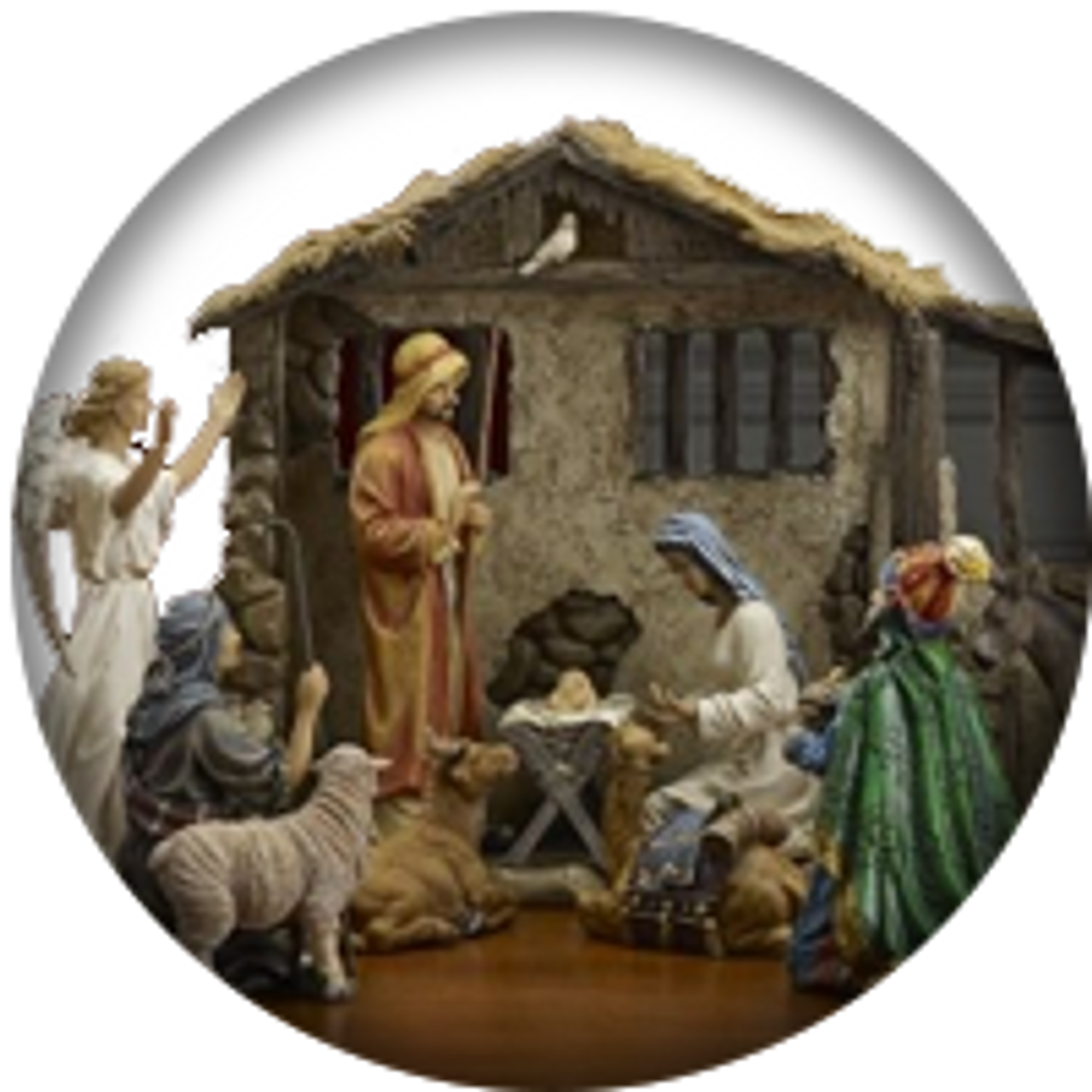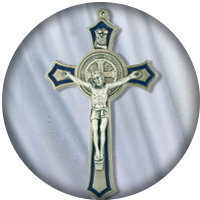All Saints Day
Kathy Boh on 21st Oct 2014



Contrary to what many believe, the feast of All Saints Day developed separately from, and in no relation to, the pagan festivals marking Halloween type rituals. The origin of the concept (of a feast day celebrating many saints) came, very practically, from the fact that there were many martyrs whose lives and deaths were not celebrated. The early church years produced many martyrs, as did the first centuries. This happened most notably and severely during the reign of Emperor Diocletion, commencing in the year 303. This persecution lasted about 10 years throughout the Roman empire, but it was more comprehensive and focused in the east. Also, since a majority died as they were assembled together, it seemed more appropriate to recognize these martyrs as a group. Besides, there were not enough days in the year to honor each one individually.

Originally, the feast was celebrated on different days in the Eastern, Mediterranean, and Western localities of the Church. St. John Crysostom (an early Church Father, born in Antioch, lived 347-407) mentions its celebration in his sermons. Later, in the 8th century, the date of the feast of All Saints became November 1st (believed to have begun with Pope Gregory II). While the histories of various saints, leaders, kings and popes throughout Christendom refer to this feast being honored (often in May) from at least the 4th century, the date, November 1st, was not put on a liturgical calendar until the ninth or tenth centuries.
While, for centuries, the origins of All Saints Day had no pagan connection, eventually, the Christian celebration became associated with a pagan feast on the same date in Great Britain.
The Roman empire was extended to Great Britain in 43 A.D. At this time, some Roman pagan celebrations and rites were added to the pagan Celtic practices found in England, Scotland, Ireland and Wales. The beginning of winter was celebrated in the British isles, at the time, by a pagan feast on November 1st called “Samhain”—named after the lord of death (death to summer and life—later associated with human death, too). The eve of that feast was marked by Druid priests making sacrifices of all kinds of living things, from crops to humans. When Rome conquered Britain, the Romans in the first century brought their pagan feast of “Feralia”—their late October festival honoring the dead. The Celtic and Roman celebrations eventually became combined, in practice. In later centuries, as Christianity spread and became more predominant in Britain, the feast of “All Hallow’s Eve” (the eve of All Saints Day) became a positive Christian move against the pagan ritual sacrifices enacted by Druid priests and witches on October 31st. Eventually, it included both serious and superstitious motives and actions, for protection against any evil spirits, witches, and ghosts active on that night.
Through time, some Christians have enacted the practice of dressing up in saints’ costumes (instead of the animal masks, etc., that initiated the costuming of Hallowe’en) both on Hallowe’en and to celebrate All Saints Day.













